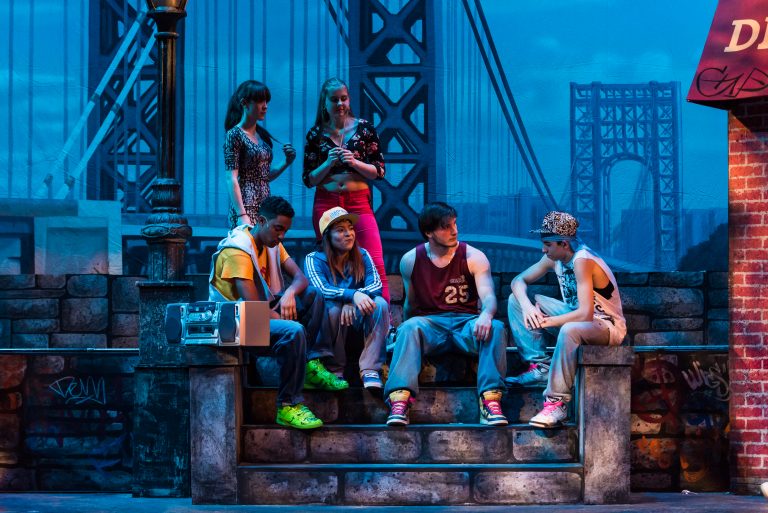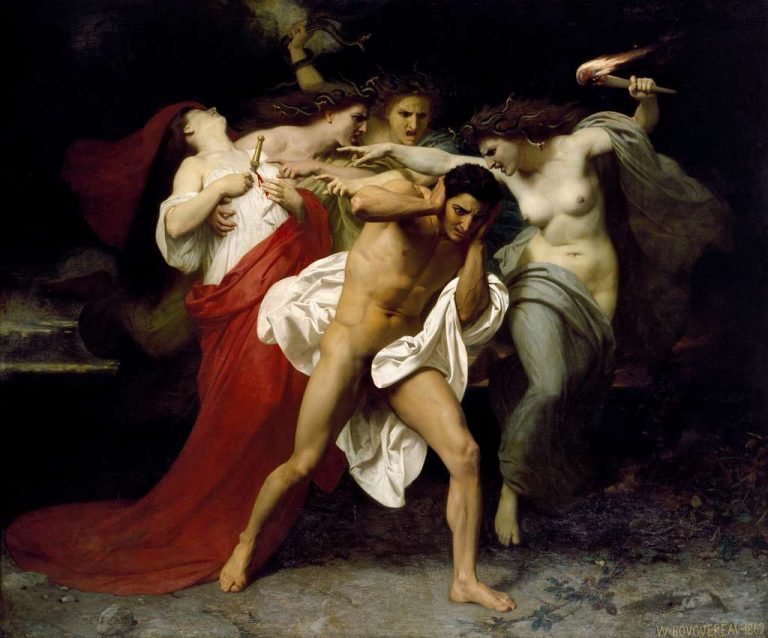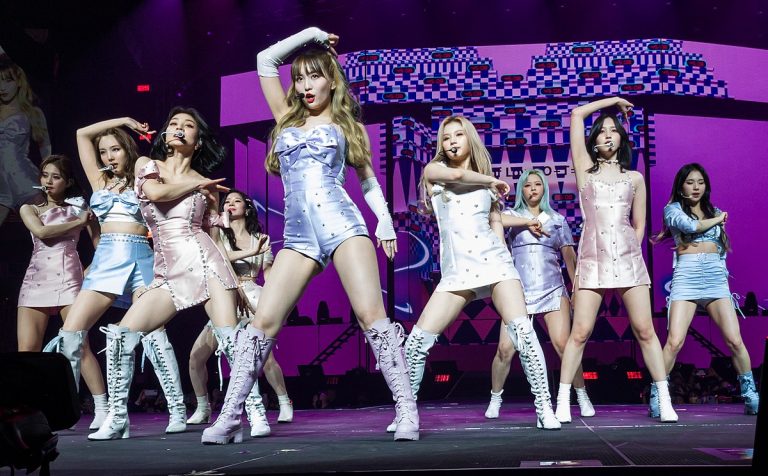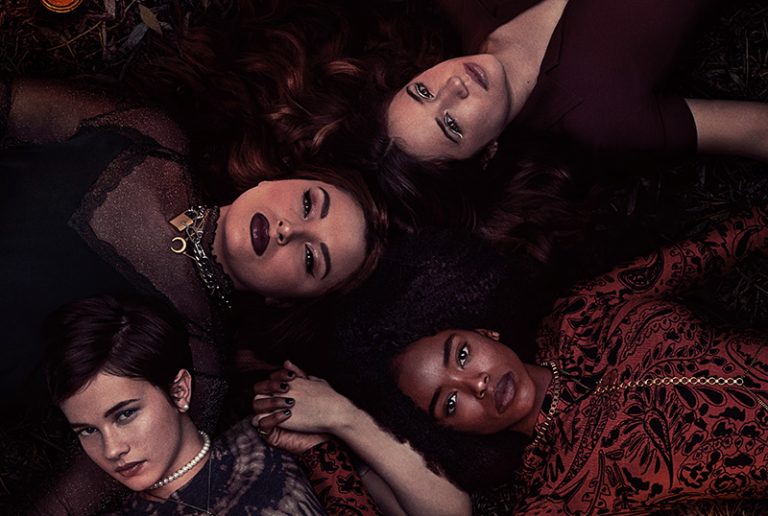Hollywood Diversity Acting Report

Hollywood diversity has come a long way, and many social movements such as Black Lives Matter, and Stop Asian Hate have brought awareness to ongoing social injustice. Although this issue is still present today, the portrayal of different demographics within films has slightly improved over the years.
Over many years, Hollywood has positively increased the diversity and inclusiveness of different backgrounds including ethnicity and economic backgrounds. According to A Major Hollywood Diversity Report Shows Little Change—Except for One Promising Stat, over the course of recent years there has been an improvement of nominating a more diverse roster. Movies like #OscarsSoWhite has increased conversations about the discrimination against certain groups in the film industry.
Sakshi Venkatraman summarizes the numbers of Hollywood speaking roles over the years. Venkatraman says Stacy L. Smith, head of the University of Southern California’s Annenberg Inclusion Initiative reviewed 1,600 films from 2007 to 2022. She examines 69,858 speaking roles and researches the shift of representation including but not limited to gender, race, ethnicity, sexual identity, and disability.
Asians with speaking roles through film and onscreen went from 3.4% to 15.9%. African American characters had minimal change, shifting from 13% to 14.4%. Lastly, Latinx characters shown in films went from 3.3% to 5.3%. Because of films like Crazy Rich Asians along with other premiers of majority Asian castings, there was more opportunity for this representation. The African American and Latinx community had minimal character involvement within films because of the smaller amount of opportunity. Unlike Asians who were more in demand, African American and Latinx need more opportunities to play roles in the film industry.
Laura Pucker, an experienced social media manager and creative content creator speaks about improvement of representation in Hollywood. She states, “We can see more effort in casting choices and storytelling methods, showing a clear move to include different voices and experiences. This change is noticeable as the industry tries harder to represent various backgrounds and cultures on screen.”
Pucker also mentions her strong desire to make a change for those with disabilities. She emphasizes her disappointment in how those with disabilities in Hollywood acting roles are either ignored or represented incorrectly. However, she believes that in today’s world, we are seeing many different stories and showing a variety of human experiences.
Pucker emphasizes that existing prejudices in Hollywood are due to stereotyping and not achieving inclusivity. She values encouraging factual portrayal and minimizing any sort of stereotypical behavior or depictions. The one belief she wants to share is that Hollywood still has a long way to go in its journey towards diversity and inclusivity but there lies a positive future to bring equality.
“Together, we should continue to challenge limits and create a media world that really shows diversity to create a brighter, more inclusive future,” Pucker states.
UCLA newsroom writes an article called Diversity in demand: People of color, women – in audience and on the big screen – hold keys to industry survival, where it highlights that even when the Barbie movie breaks studios disinvest in women. In other words, some movies promote womanhood but there still needs to be more portrayals of the minority in Hollywood such as the female race. Did you know that only 5 of the top 200 films were directed by Black women? Additionally,only three films directed by women were given a budget of 100 million or more, compared to 25 films directed by men!
Stan Zimmerman, comedy writer, producer, and director of Gilmore Girls, Golden Girls, and more make a point about Hollywood as a business. He states in an interview with him, “It is a business after all. Luckily, we have seen examples of profitable films and shows (like BLACK PANTHER, etc.) in the last five to ten years.”
“During my many years in Hollywood, I have seen a great evolution as far as casting is concerned. From diversity not being a consideration in casting or even in the creation of a project. Then moving to ‘color-blind’ casting. Now, ‘color-consciousness’. We have far to go, but as a glass-half-full kind of guy, I’m excited to see the progress and look forward to further amplification of voices on screen and behind.” Stan says.
AP News published an article called Study: Biggest Hollywood films still go mostly to white men, referring to the annual UCLA diversity report about the fluctuation of gender and ethnic inclusivity within the film industry. This article highlights that opportunities for women and people of color are usually in low-budget streaming movies. A takeaway from this article is that white male directors continue to still dominate Hollywood.
Maria Proctor, a content creator and copywriter at Balance Now talks about Cultural Appropriation and Appreciation. Hollywood diversity needs more cultural appreciation and less cultural appropriation. Hollywood needs to authentically want to create diversity and inclusivity in their films, and not do it for attention and self gain. The connection between Proctors article and this one is the need for diversity to authentically increase in the Hollywood area. Proctor shares the differentiation between authenticity and appropriation. Increased diversity in Hollywood would be portrayed in a better light, but it needs to be done with authenticity and not to the Hollywood sense of achievement and satisfaction.






